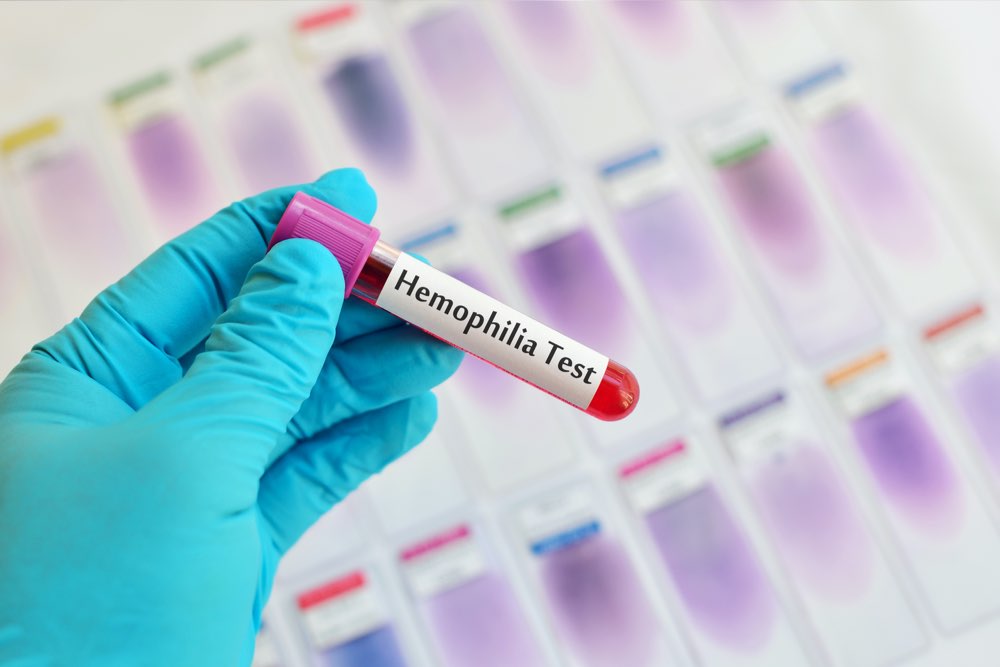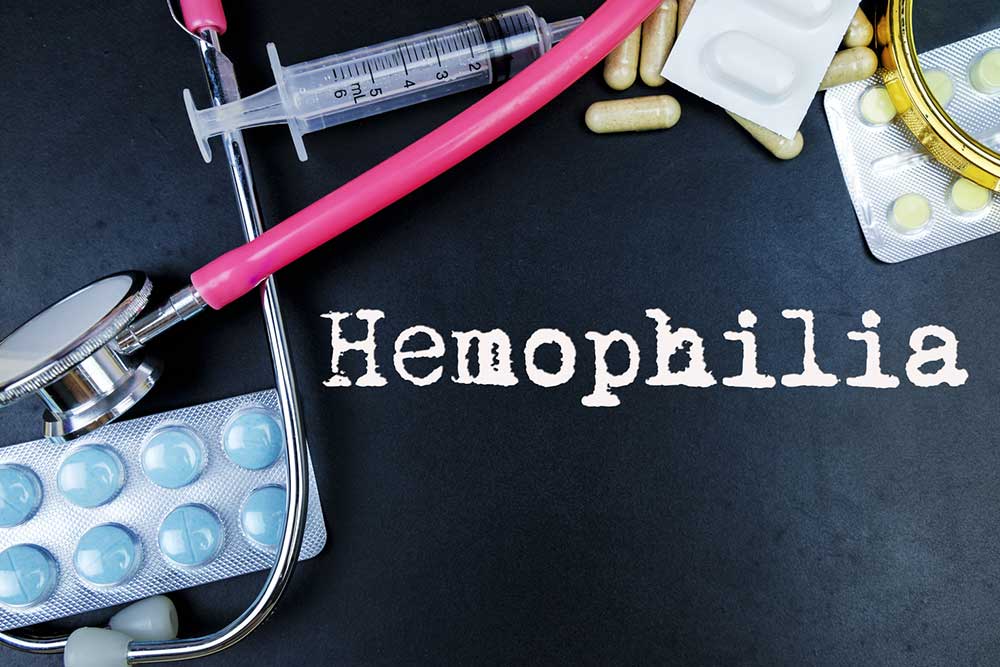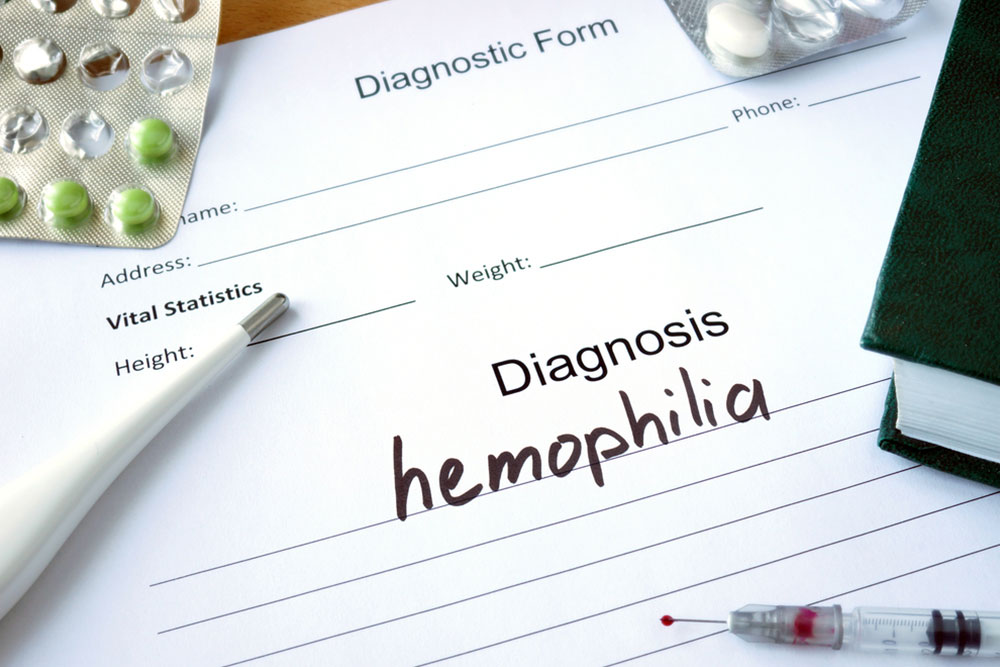Nutritional Strategies for Managing Hemophilia
This article explores dietary strategies for managing hemophilia, emphasizing iron-rich foods, low-fat dairy, whole grains, and the importance of medication. Proper nutrition and medical treatment are key to controlling bleeding episodes and maintaining quality of life for individuals with hemophilia.

Foods to Support Hemophilia Management
Hemophilia is a genetic disorder characterized by a deficiency in blood-clotting proteins, resulting in prolonged bleeding after injuries. It can also cause bleeding into muscles and joints. While diet alone cannot cure hemophilia, proper nutrition plays a vital role in managing symptoms. Here are key foods beneficial for individuals with hemophilia.
Iron-Rich Foods
Since individuals with hemophilia are prone to blood loss, incorporating iron-rich foods like leafy greens, organ meats, and poultry is essential. Combining these with vitamin C-rich foods enhances iron absorption, supporting healthy blood levels.
Low-Fat Dairy Products
Maintaining a healthy weight is important for hemophilia patients; choosing easily digestible, low-fat foods like skimmed milk provides calcium without excess fat. Nuts and seeds, which contain healthy fats, can boost immunity and help regulate cholesterol and blood pressure. Consultation with a healthcare professional is recommended before dietary changes.
Whole Grains, Fruits, and Vegetables
Consuming whole grains such as oats, brown rice, and whole wheat increases fiber intake, reducing cholesterol and stabilizing blood sugar. Fruits and vegetables also provide dietary fiber, promoting gut health and immune function. These dietary habits support overall well-being and disease resistance.
Besides diet, medications like AFSTYLA® are crucial for managing hemophilia. This medication addresses factor VIII deficiency and is used for both children and adults. Regular use helps prevent bleeding episodes and joint damage by providing routine prophylaxis, leading to improved quality of life.
Important Notice:
The information provided is solely for educational purposes and should not replace professional medical advice. Always consult healthcare professionals for diagnosis and treatment options. Use the details responsibly and consider it as supplementary information only.










